Meaning of Cost:
Cost, in a general refers to the expenditure or sacrifice made to acquire goods, services, or resources. It represents the value of resources used to produce or obtain something. Costs are crucial in business decision-making, as they impact profitability, pricing strategies, and resource allocation. Cost in economics refers to total money expenses incurred to produce a particular quantity of output by the producer. Concepts of cost is also called as types of Cost.
Concepts of Cost:
- Total Fixed Costs: TFC refers to total money expenditure spended on fixed factors like plant, machinery, Tools, equipment in the short run. Fixed costs remain fixed irrespective of the level of production . They do not change with the quantity of goods or services produced. Formula for TFC is, TC- TVC.
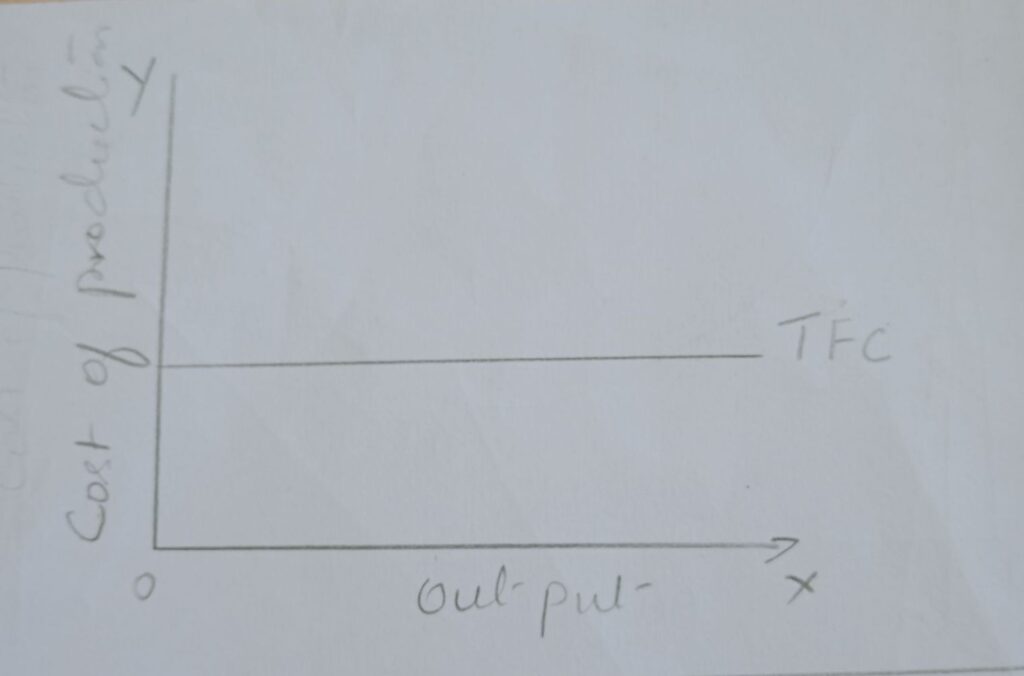
2. Total Variable Costs: TVC refers to total money expenses incurred on the variable factors inputs like raw material, power, fuel etc. in short run. Variable costs change in direct proportion to the level of production or output. As production increases, variable costs increase, and vice versa. Formula for TVC is, TC-TFC.
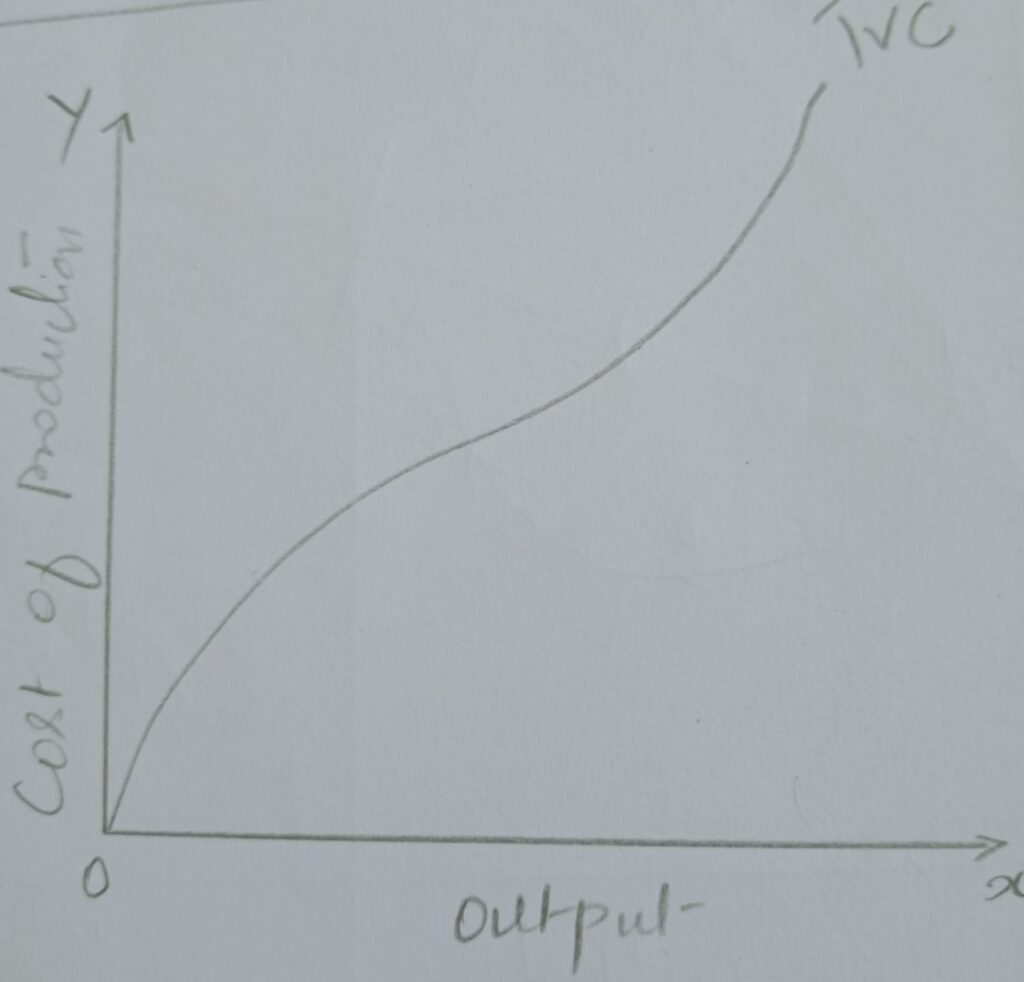
3. Total Costs: The total cost refers to the aggregate money expenditure incurred by a firm to produce a given quantity of output. Total costs are the total of fixed costs and variable costs. They represent the overall cost of producing a specific quantity of goods or services. Formula for Total cost is, Total Costs = Fixed Costs + Variable Costs.
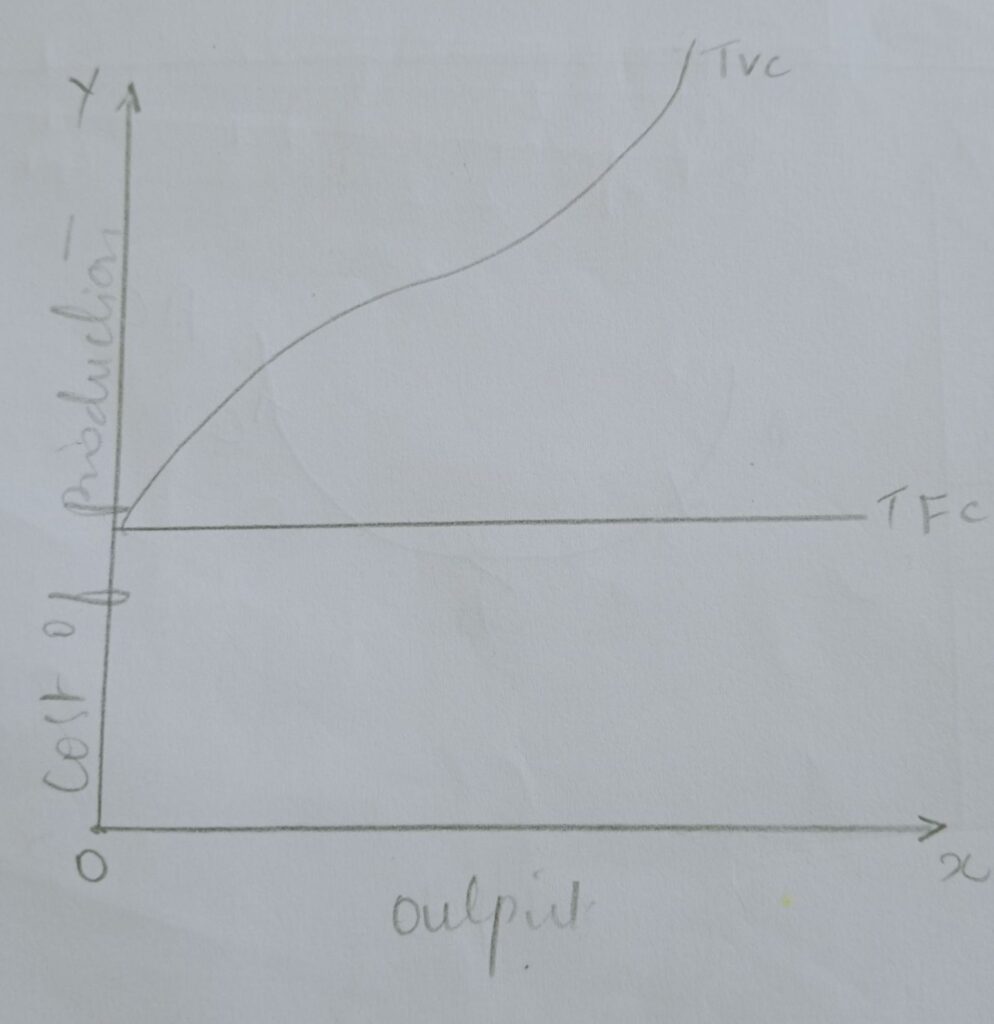
4 .Average fixed cost: AFC is the fixed cost per unit of production. When TFC is divided by total unit of production AFC is obtained thus AFC =TFC/Q. AFC and production have opposite relationship it is greater at smaller level and smaller at higher level of production in a given industry. The reason is simple, since AFC=TFC/Q, it is a mathematical calculation that numerator remaining static, the increasing denominator causes decreasing product.
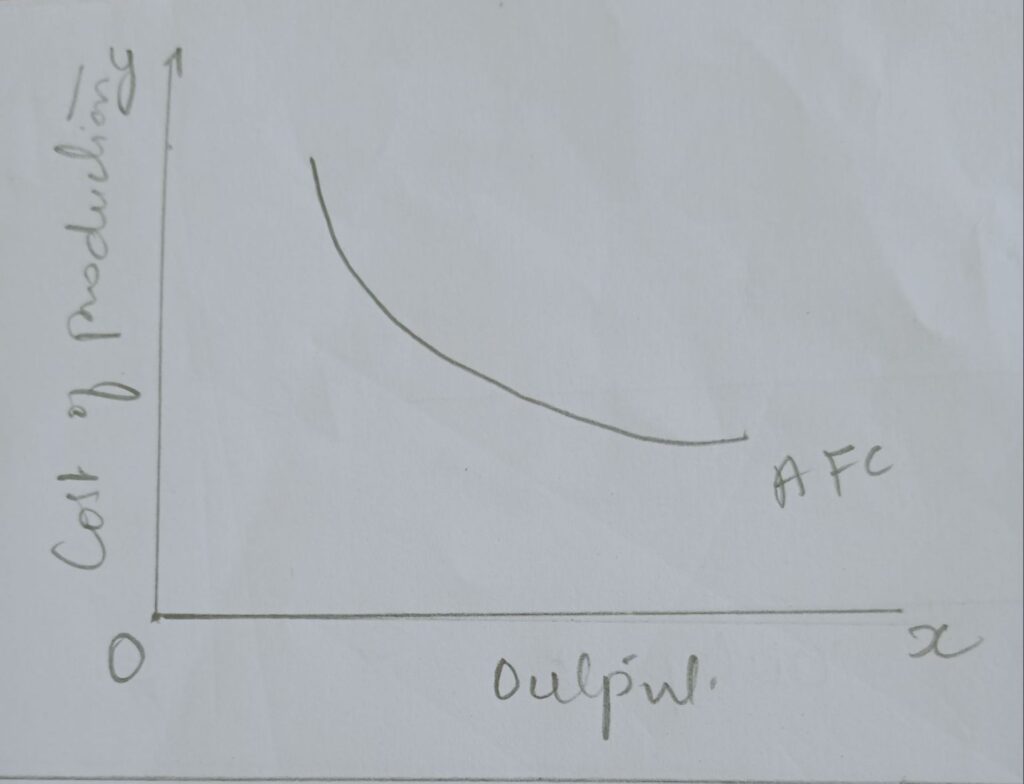
5. Average variable cost: AVC is variable cost per unit of output. AVC can be computed by dividing the TVC total units of output thus AVC=TVC/Q. The AVC will come down in the beginning and then rise as more unit of output are produced with a given plan this is because as we add more units of variable factors in a fixed plant, the efficiency of the input first increases and then it decreases. The AVC curve is a U-shaped curve it has three phases. Decreasing phase, constant, increasing phase
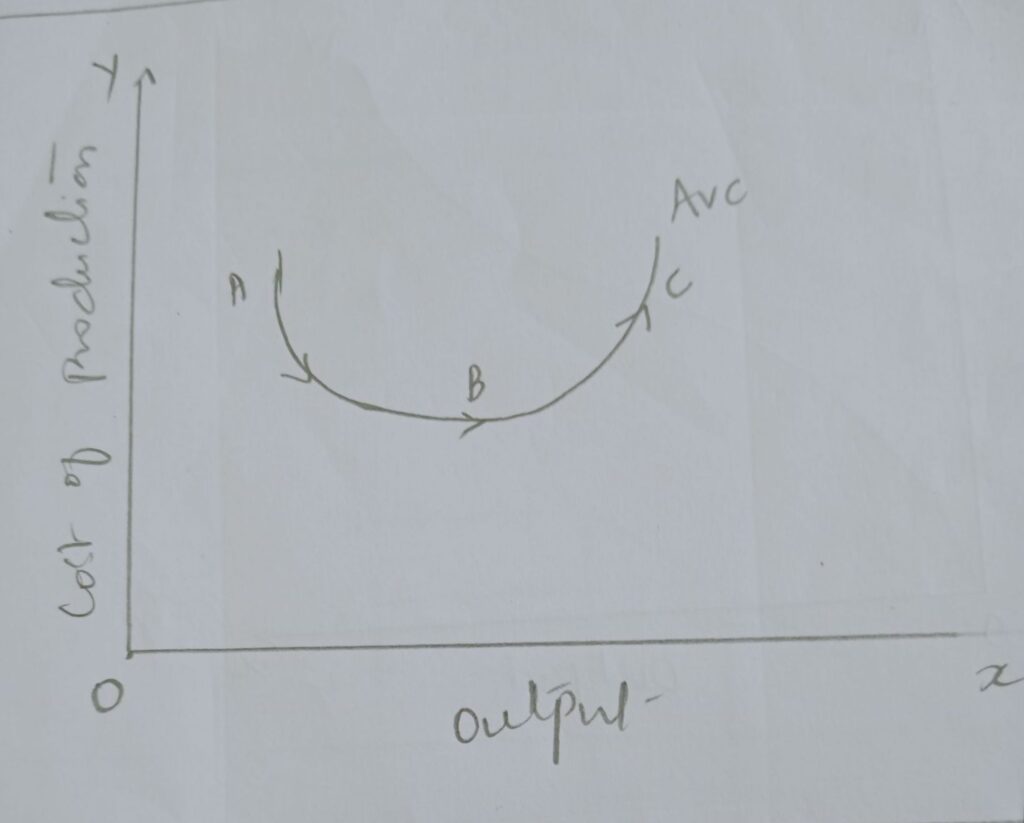
6. Average Cost: AC is also known as the unit cost since it is the cost per unit of output produce.AC is the sum of AFC and AVC. The average cost of production is the total cost per unit of production. In short run AC curve also tends to be U shaped. The total influence of AF. Average costs are calculated by dividing total costs by the quantity of output produced.
1.Average Fixed Cost (AFC): AFC = Fixed Costs / Quantity
2. Average Variable Cost (AVC): AVC = Variable Costs / Quantity
3. Average Total Cost (ATC): ATC = Total Costs / Quantity

7. Marginal Cost: Marginal cost may be defined as the net addition to the total cost as one more unit of output is produced. In other words, Marginal cost is the additional cost incurred by producing one more unit of a good or service. Formula for Marginal cost is, Marginal Cost = Change in Total Cost / Change in Quantity.
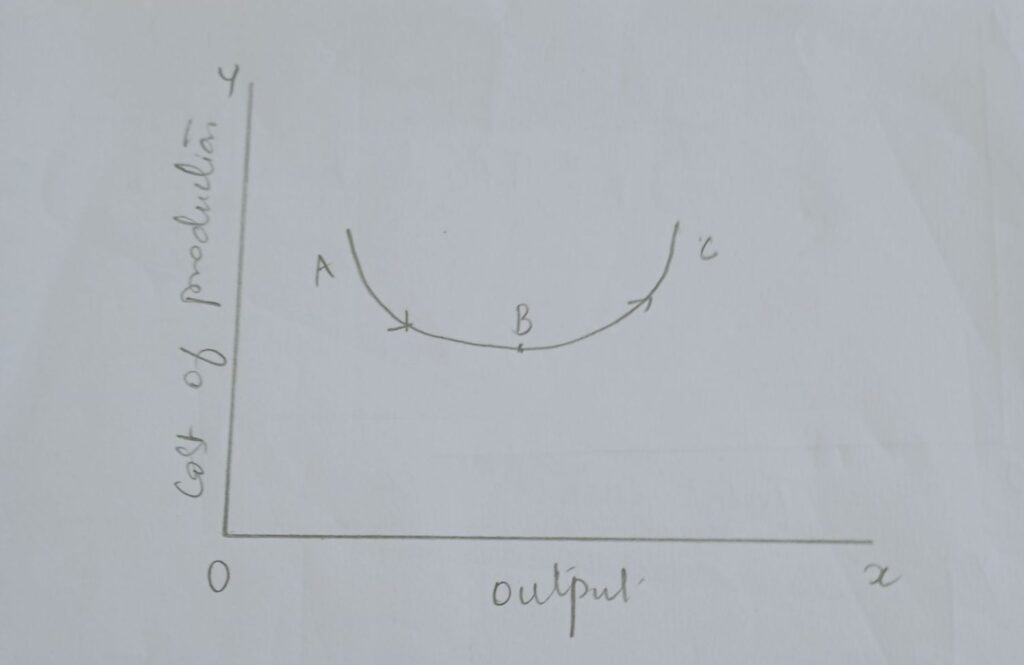
8. Opportunity Costs: It is the value of the next best alternative sacrifice in order to obtain that commodity. For instance, the piece of land is used for growing sugarcane it is not available for growing the next best alternative crop, say like paddy. So, the opportunity cost of land used for sugarcane cultivation is the value of paddy they could have been produced on the piece of land but foregone.
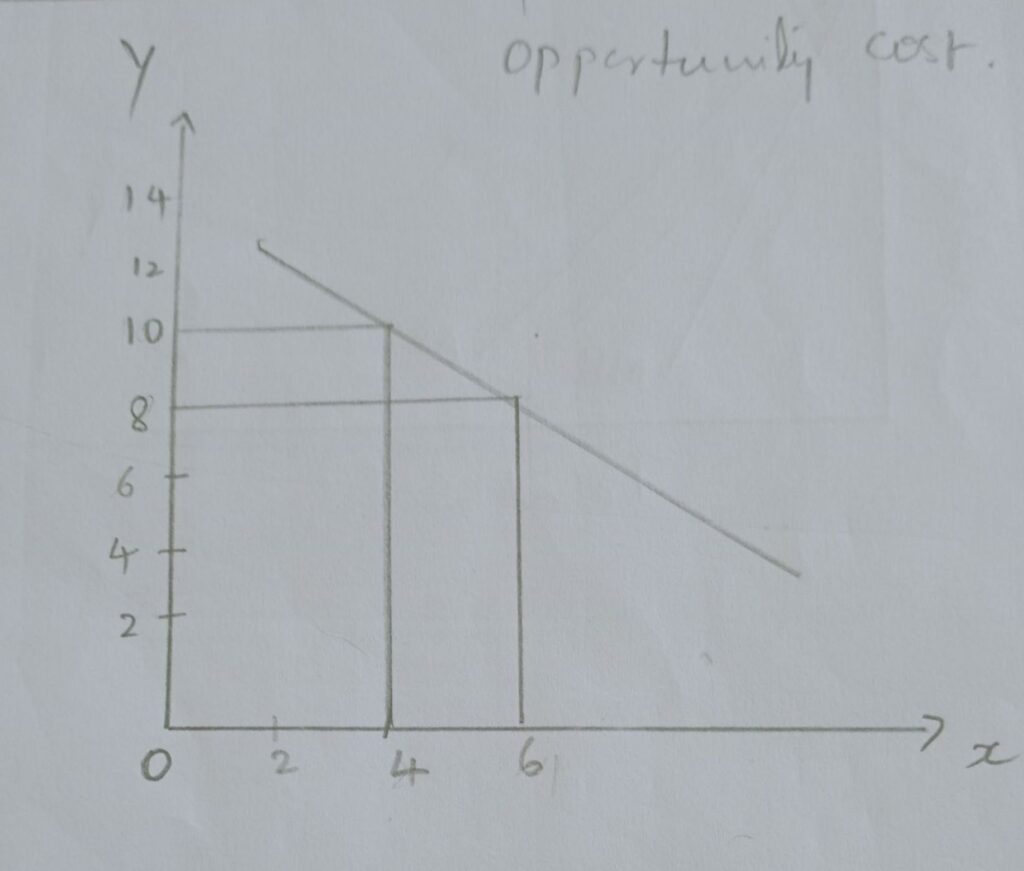
also read: explain the importance and features of land?